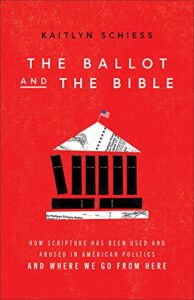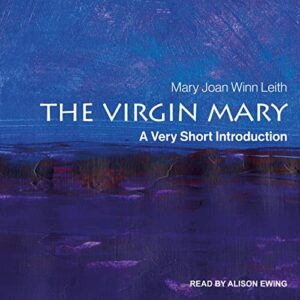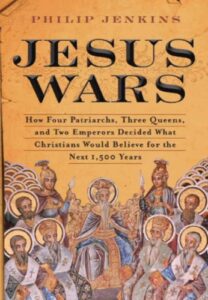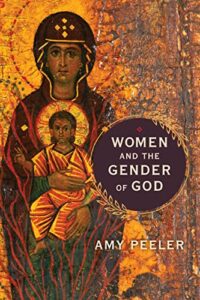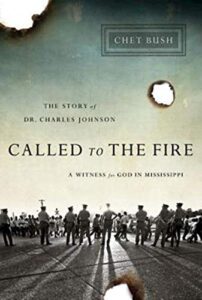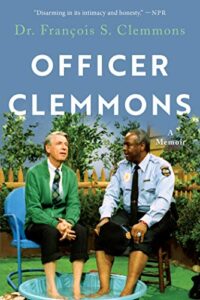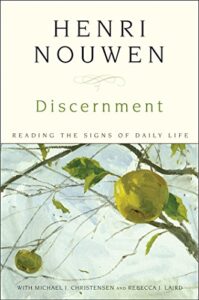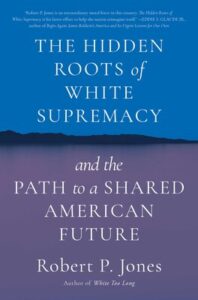 Summary: Changing how we think of the starting date of US history can help us see different patterns.
Summary: Changing how we think of the starting date of US history can help us see different patterns.
The Hidden Roots of White Supremacy is the third book by Robert P. Jones that I have read (The End of White Christian America and White Too Long: The Legacy of White Supremacy in Christian America.) More so than the other two books, this is narrative-focused and less demographically focused. Jones is known for his work in polling and demography, and that number-heavy writing style is essential for making the case for current shifts in culture. But The Hidden Roots of White Supremacy is primarily a book of history, not demographics, and the writing style is more narrative.
The book opens with a discussion of the 1619 Project and how Nicole Hannah Jones has shifted the conversation to include a greater focus on slavery in developing the US as a country. Jones is not debating the 1619 Project as much as suggesting that an earlier date also needs to be included as part of the discussion. That date is 1493 when Pope Alexander VI issued the papal bull, “Inter Caetera.” This papal bull and several earlier bulls are jointly known as the Doctrines of Discovery and are still important precedents to international law.
The Doctrine of Discovery is not just a theological and legal justification for European Christians to take possession of land (already occupied and controlled by others) but also justified the enslavement of those viewed as “pagans.” The book’s central thesis is that the Doctrine of Discovery undergirds much of American history because it was responsible for the European understanding of colocalization, land possession, and the enslavement of Native American indigenous people and Africans. Jones rightly notes early on in the book that the Louisiana Purchase is usually framed as one of the best real estate deals in history. Jones reframes the purchase not as a real estate deal but as the selling of the right to take possession (a subtle but vital distinction) directly rooted in the doctrine of discovery. The US, which was derived from Protestant England and officially a secular country, still recognized the legal authority of the Catholic Pope as an international lawgiver when it suited them.
After the introduction of the concept and the history, Jones moves on to three case studies of how traditional stories of anti-Black racism (Emmit Till, a lynching in Duluth, MN, and the 1921 Tulsa Riots) can be understood more fully by understanding the prior role of white supremacy (in the sense of racial hierarchy) concerning Native American land theft and violence that contributed to later anti-Black racism. With each case study, the narrative of the history leads into a more recent history of how various people came together to bring the repressed history of racial violence into the light and deal with the long-term implications of that history.
